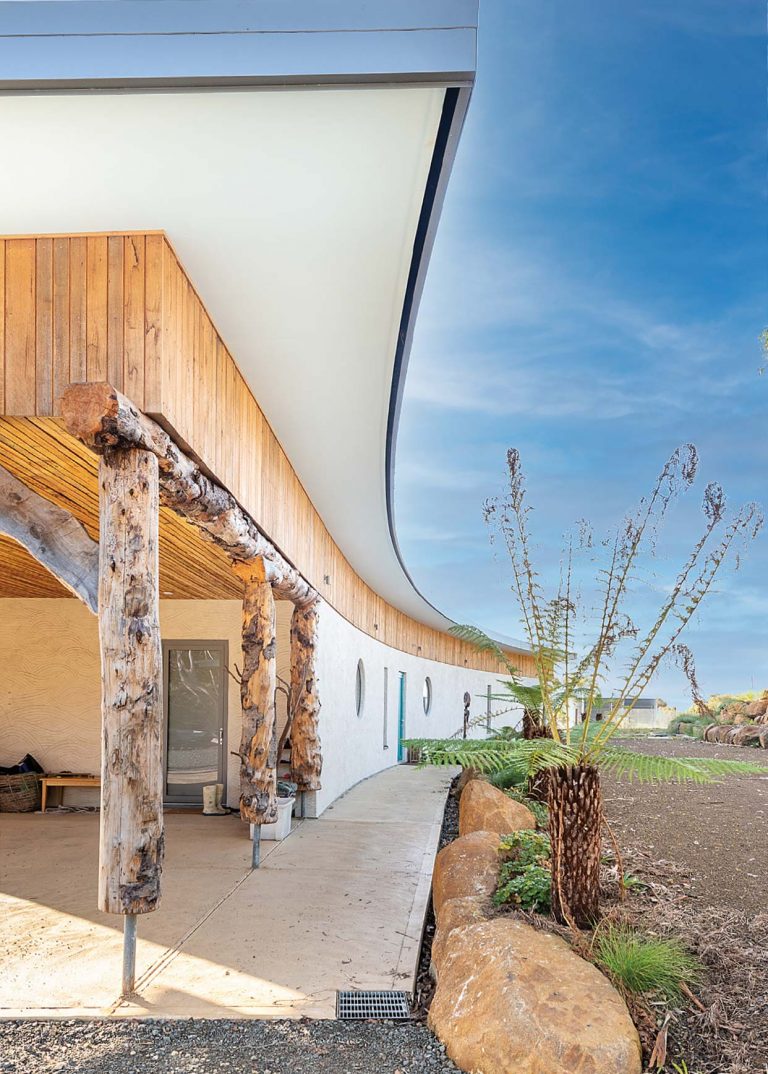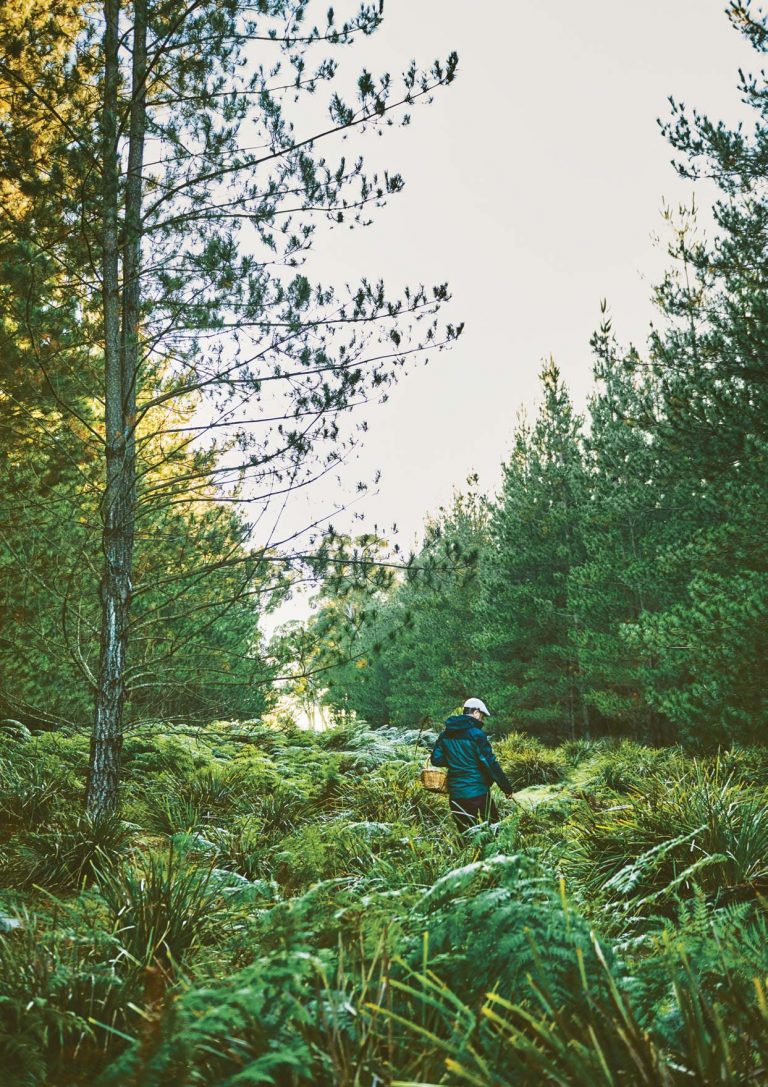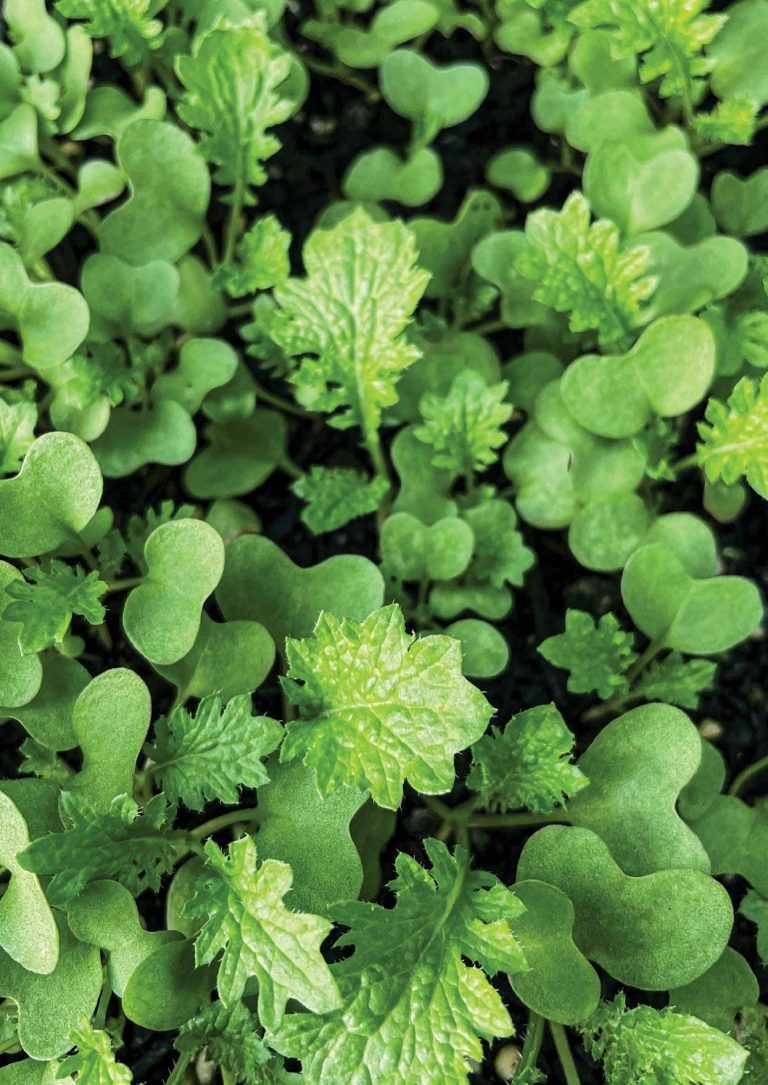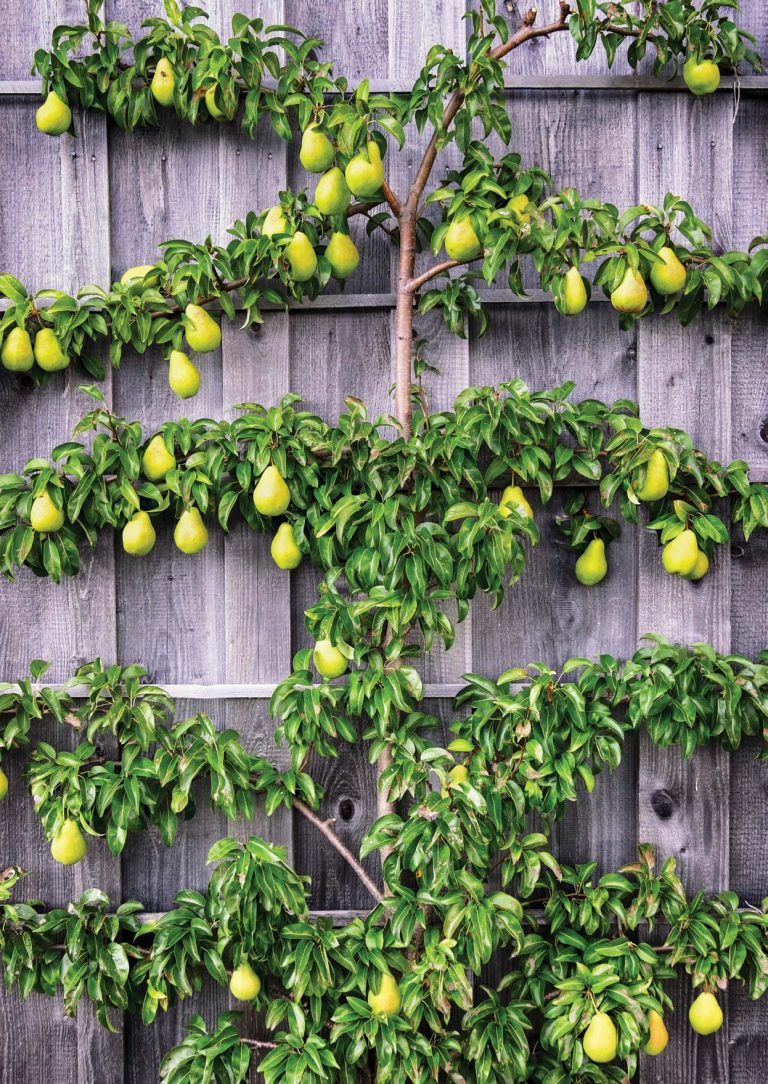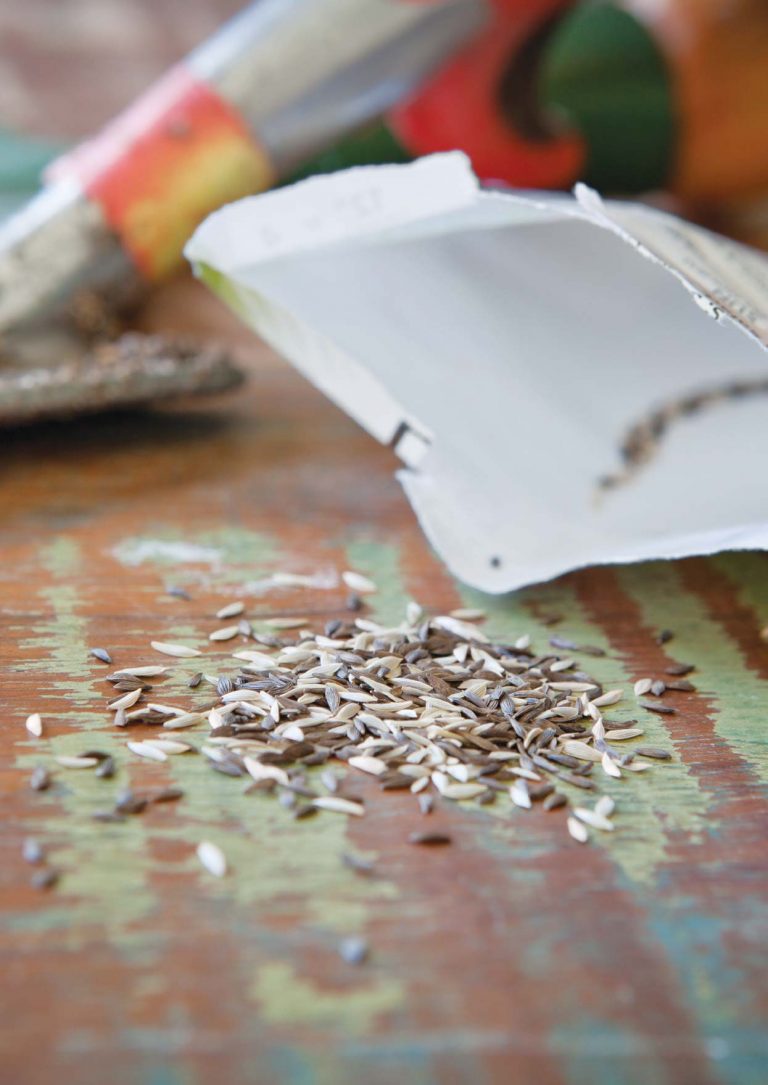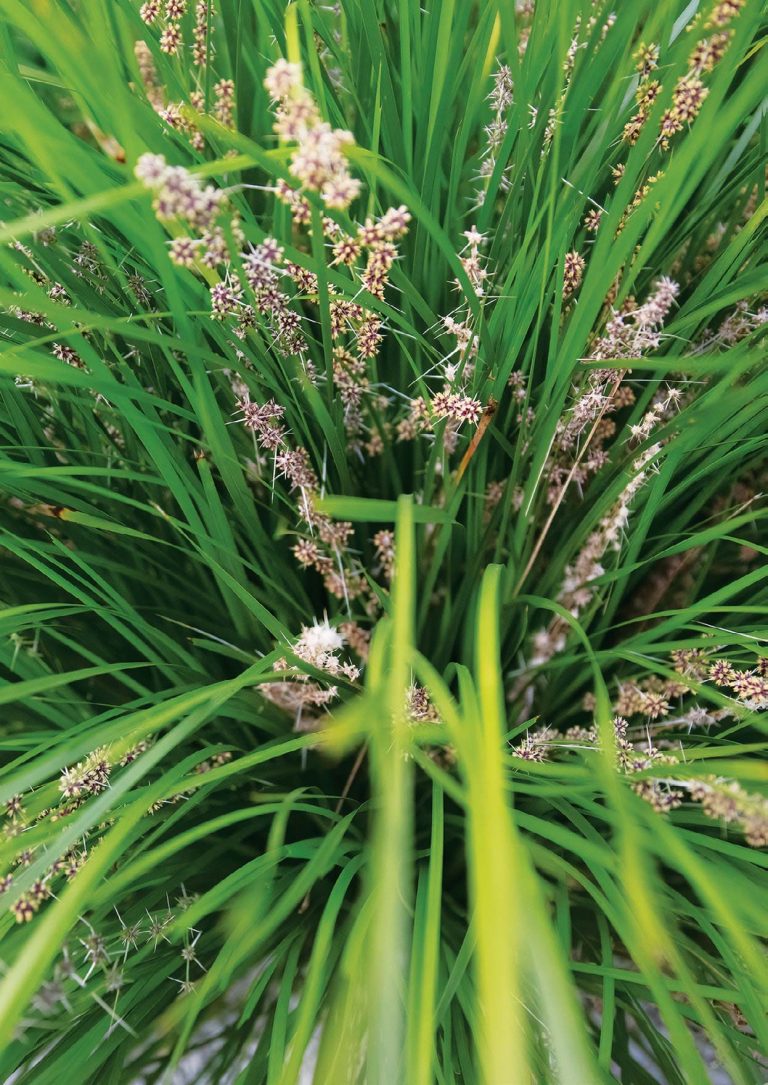Market Gardening: The Happy Farmer
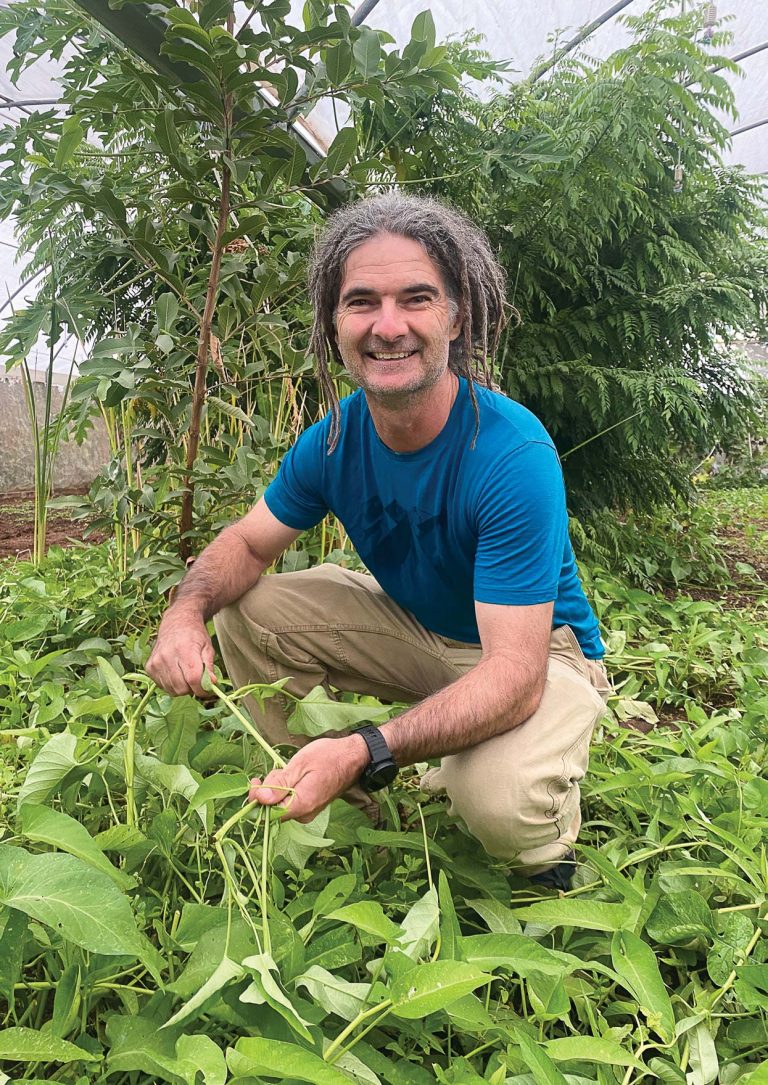
Is it possible to run a market garden using permaculture principles in the middle of the desert and make it viable?
On the outskirts of Alice Springs in view of Tjoritja, the MacDonnell Ranges, with the red desert sands stretching for thousands of kilometres from his back fence, Rod Angelo runs a market garden. Known as The Happy Farmer, Rod supplies fresh greens to the residents of Alice Springs, and he makes his business viable by turning waste streams into inputs that would otherwise cost money.
The climate in The Alice is unforgiving to growers. Miss just a single one day of watering and you will have to start again. With temperatures regularly over 40 ºC during summer, growing food is an art and requires dedication and local knowledge in equal measure.

